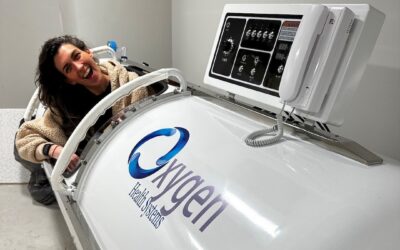The rotator cuff is a collection of four muscles and tendons that surround the shoulder joint. The tendons fuse with the ligaments of the joint to form a supportive capsule. The tendon’s location on the joint has been described as baseball pitcher’s fingers on a baseball. The cuff functions very much like the fingers on the ball as well. The tendons of the cuff both control the motion of the ball in the socket and pull the ball snugly into the socket for better stability.
How does the cuff get injured?
The rotator cuff tendons are exposed to constant friction with rotation of the humeral head. Their job is to execute small and precise positional motions of the joint. It’s the bigger muscles of the shoulder such as the deltoids and scapular muscles that are supposed to do the heavy lifting. Frequently these muscles are not strong enough to fill the demands placed on the shoulder and rotator cuff muscles and shoulder ligaments are asked to step in to help.
If this strain is allowed to occur repeatedly, the ligamentous capsule around the joint will start to loosen. As this happens the rotator cuff works even harder to compensate. Shoulders that are loose due to overstretched ligaments will typically move in a more uneven fashion causing more strain to the cuff, creating a muscular imbalance. A muscle imbalance around the shoulder will create a tightness of the front shoulder and chest muscles and weak, loose muscles around the back of the shoulder and shoulder blade.
This imbalance forces the ball of the shoulder joint to move forward and out of alignment with the socket. The forward or anterior shoulder misalignment pulls excessively on the rotator cuff tendons, eventually leading them to tear.
What is PRP?
PRP stands for platelet rich plasma and is a product of a person’s blood. PRP is prepared from blood drawn from a person’s arm at the time of the treatment. When the blood is processed in a certain way the PRP layer becomes 10 times more concentrated than what is normally found in the unprocessed blood sample. PRP is rich in growth factors that are released into the injured tissue upon injection.
How does PRP heal rotator cuff tears?
PRP contains a high concentration of growth factors that stimulate repair directly and signaling chemicals that attract person’s own stem cells. These in turn both create a much stronger healing response and directly replace the injured tissue.
How is the PRP injected into the rotator cuff tear?
At OWM Integrative Wellness an ultrasound examination is performed identifying the location of the tear. A highly concentrated PRP sample is then guided into the tear under ultrasound visualization to ensure accuracy. The injection is placed in the entire aspect of the injured tendon, to include the mid tendon and its insertion on the bone. It is also important to treat all other loose shoulder ligaments to restore shoulder joint balance and alignment. This helps prevent future cuff strains and tears.
This is different from many other medical facilities that do not use ultrasound guidance, where the joint may be injected, but not the actual tendon tear. Typically, two to three treatments performed 4 weeks apart are needed to provoke adequate repair.
What is the expected recovery?
Healing may not start for two to three weeks after injections and commonly two to three injections done four weeks apart are needed to provide significant recovery. There is typically a 2-week period of down time after each PRP session and before a person is allowed to resume normal activities.
What about success rates?
Success rates of this treatment are generally higher than 85% with no significant side effects. Each subsequent treatment builds on the healing from the treatment before, making recovery happen faster and more completely.




